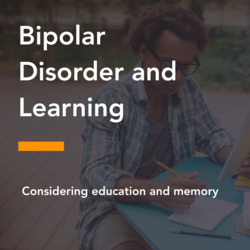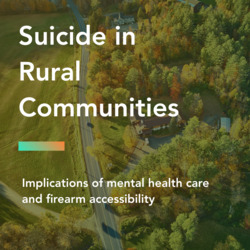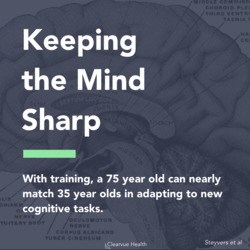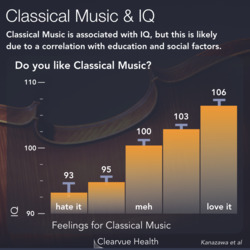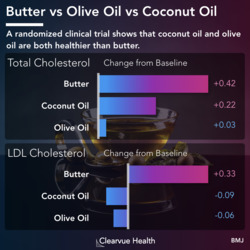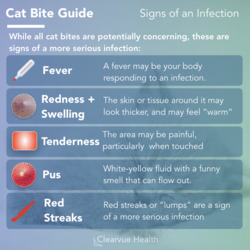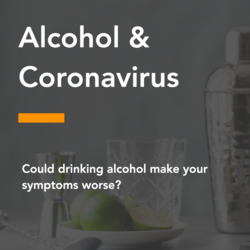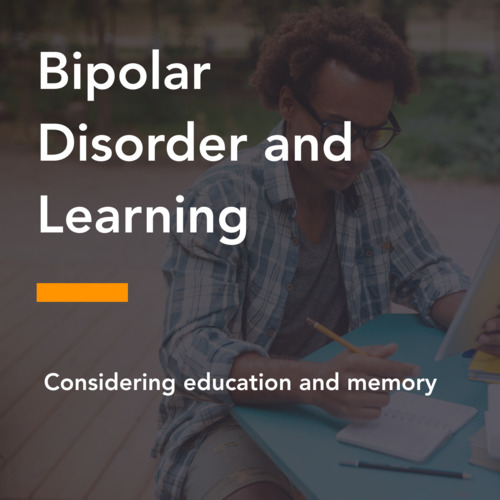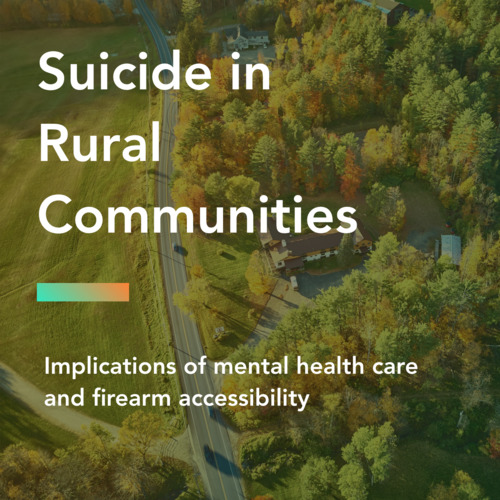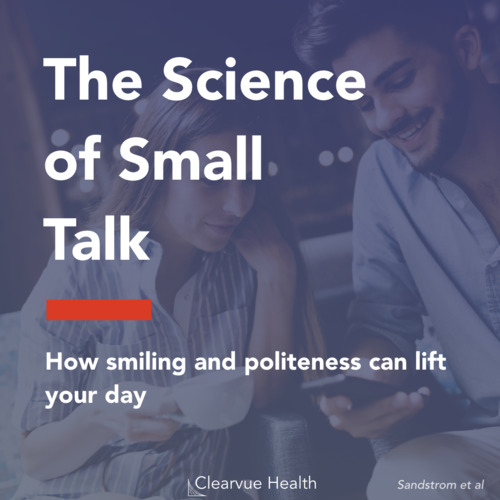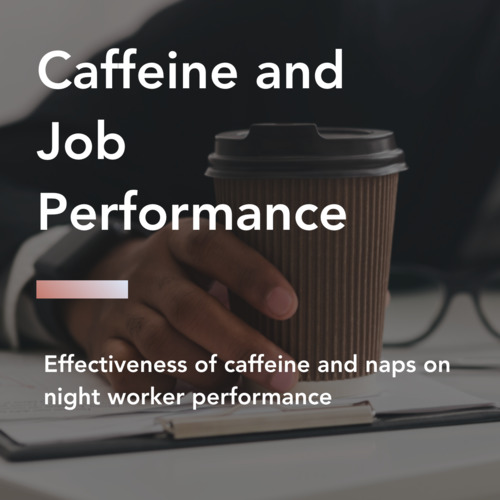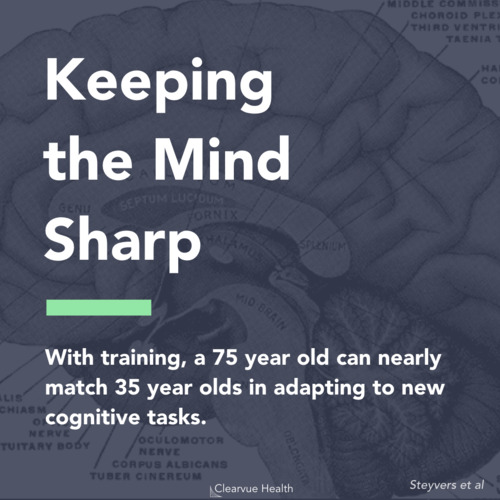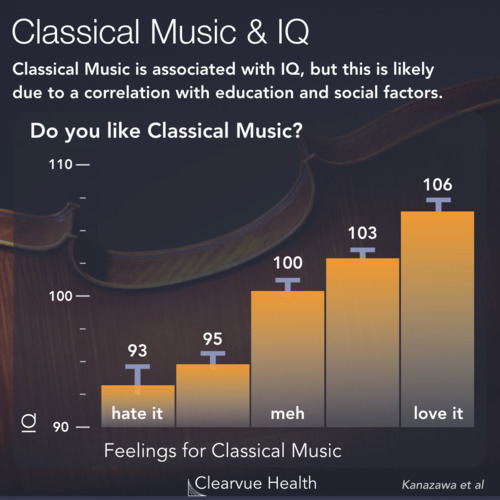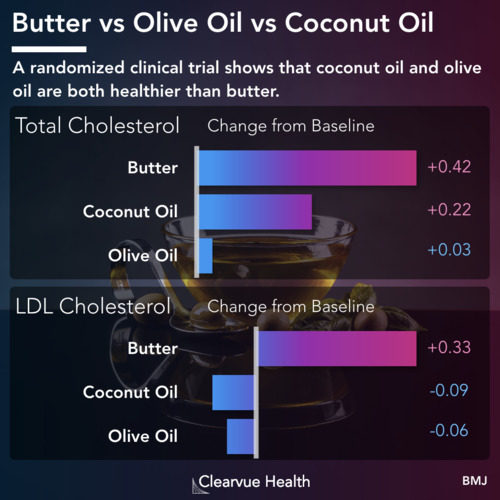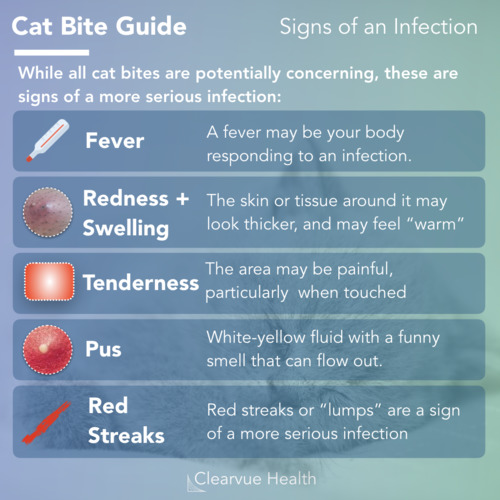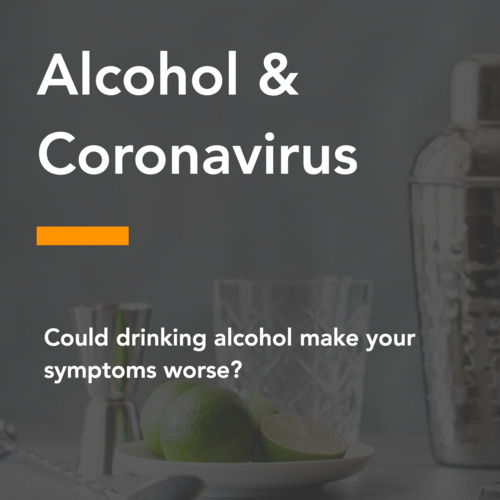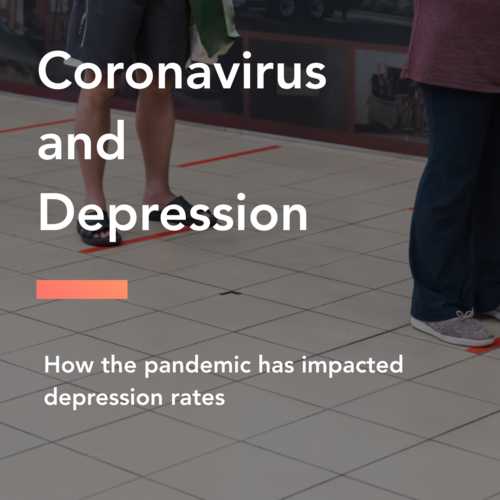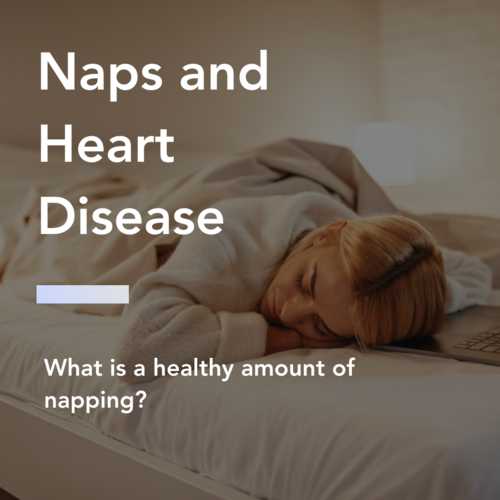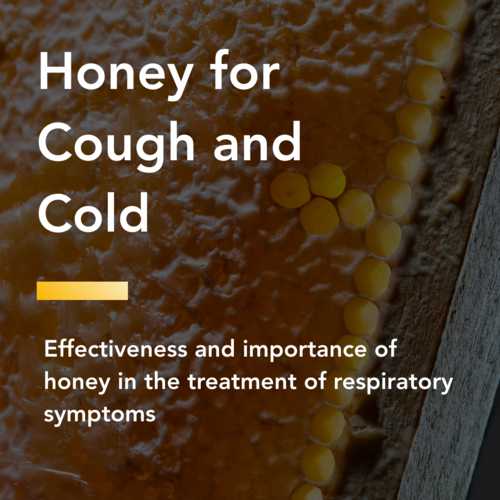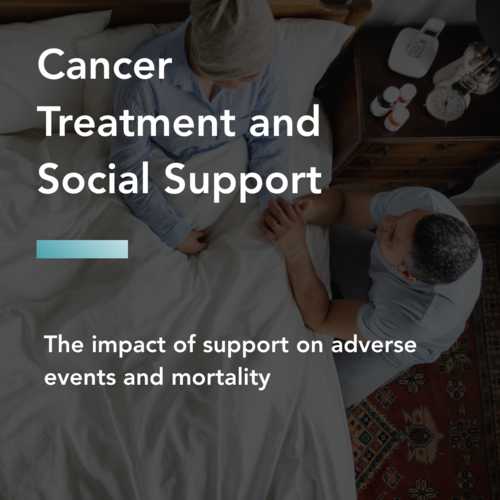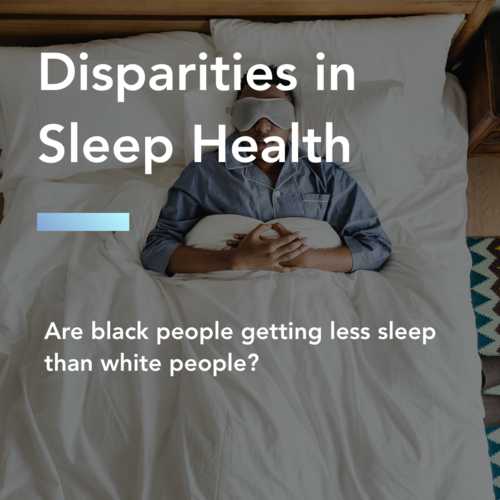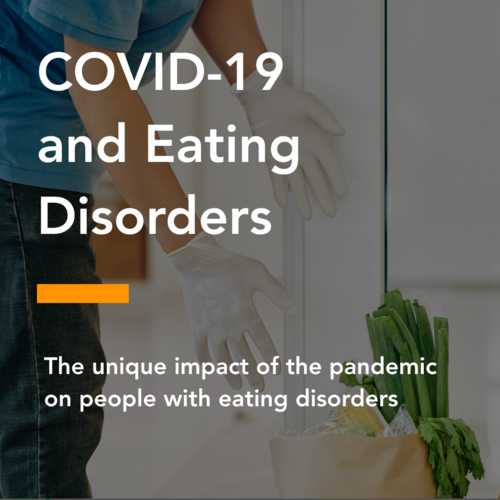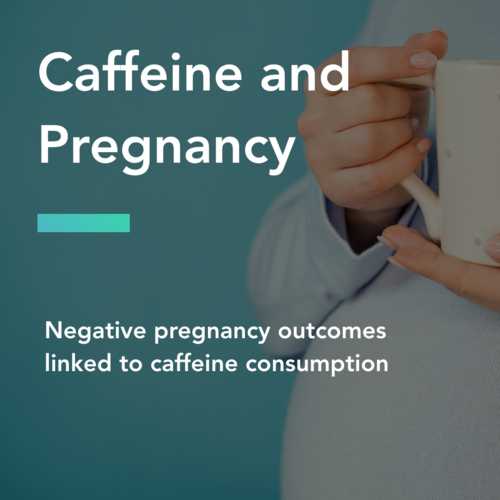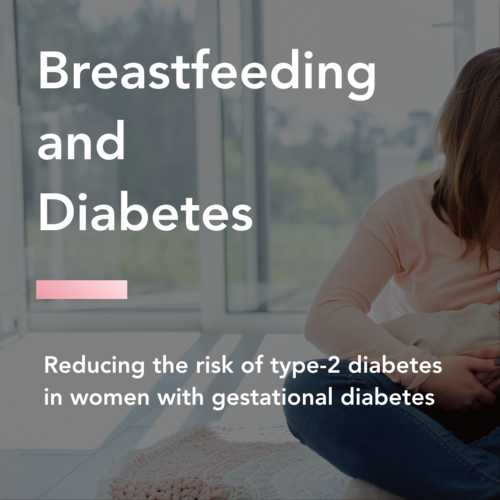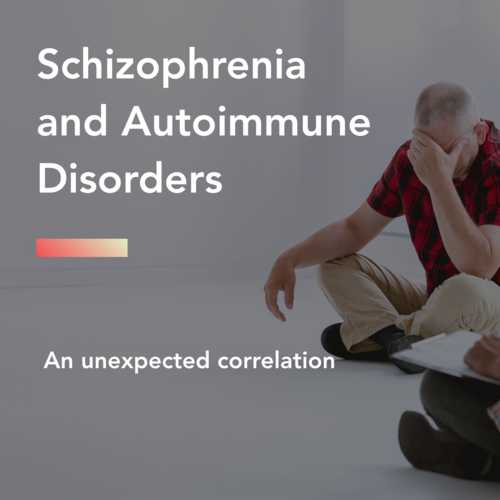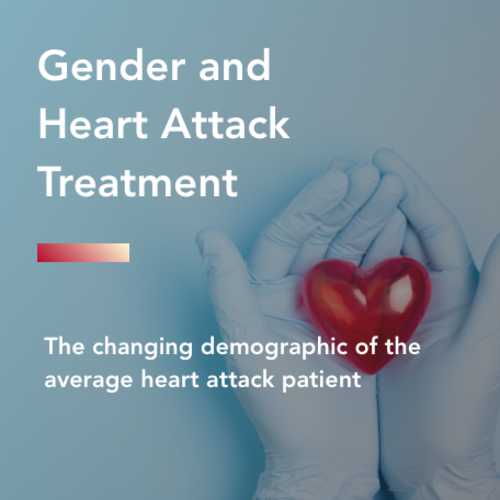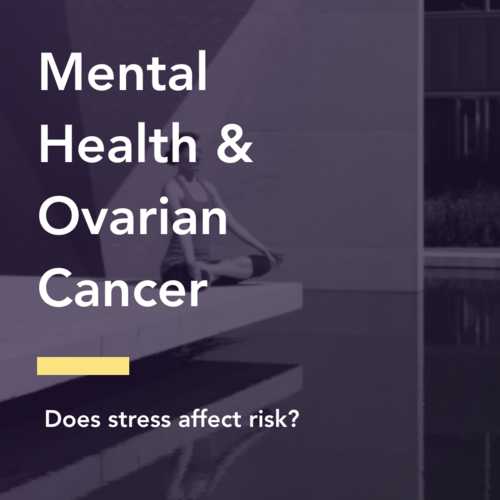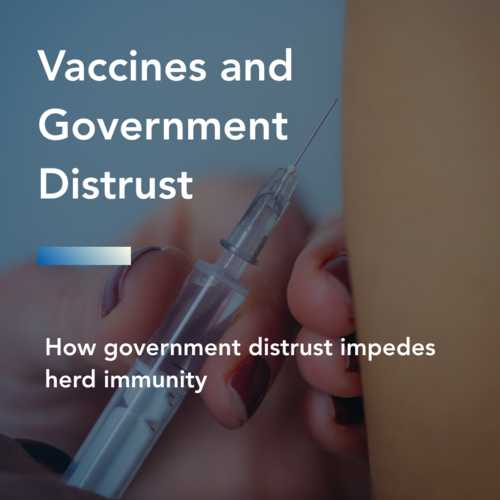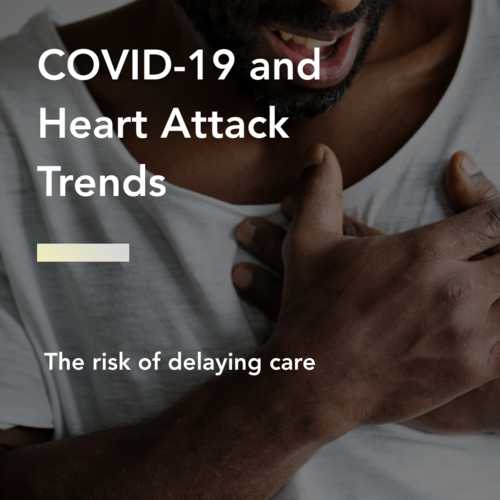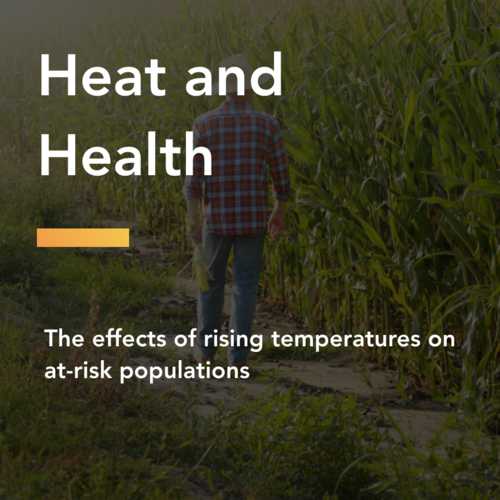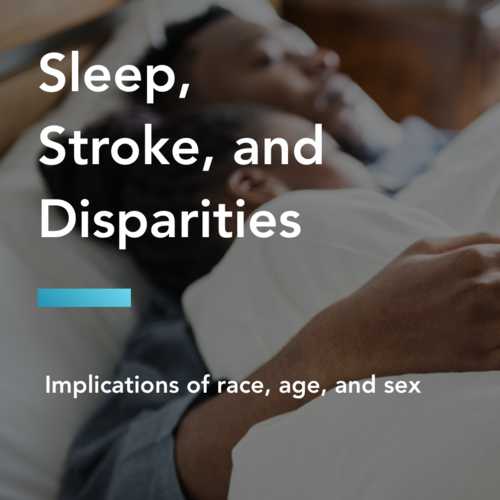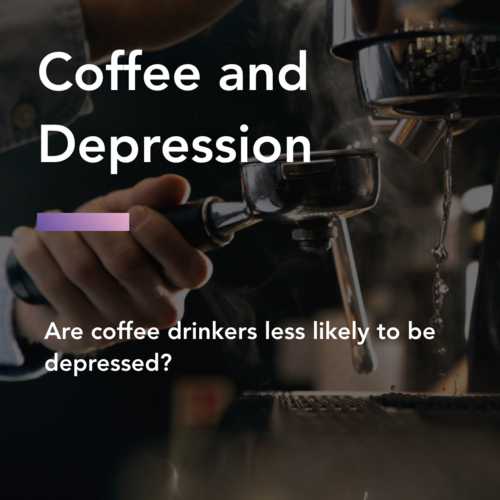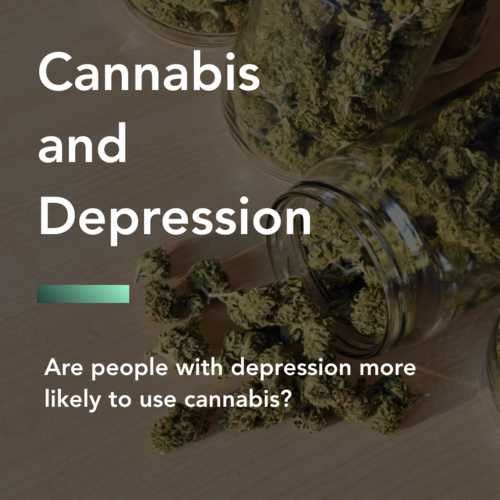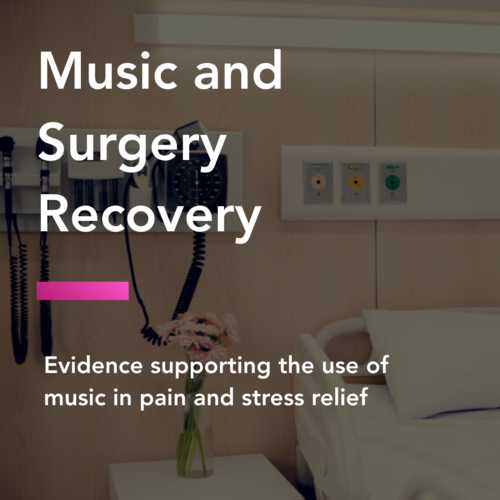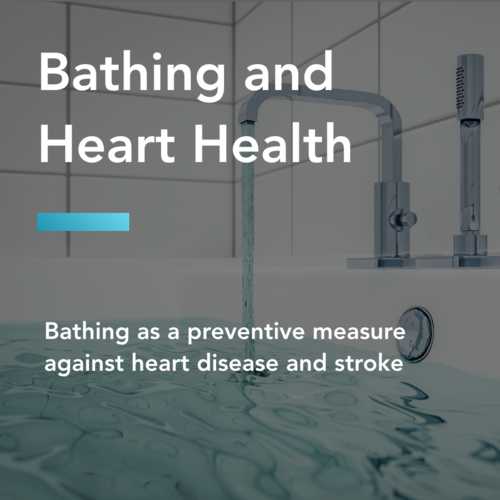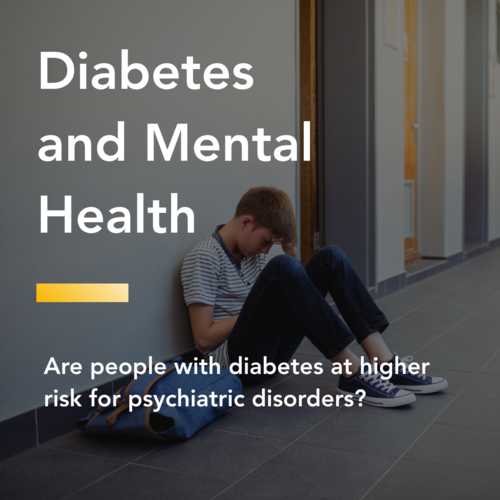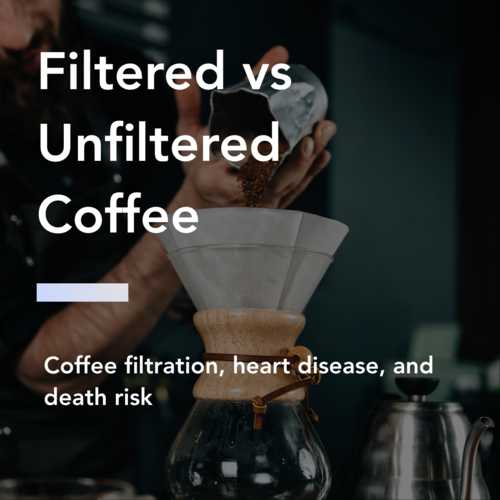Academic Performance and Bipolar Risk
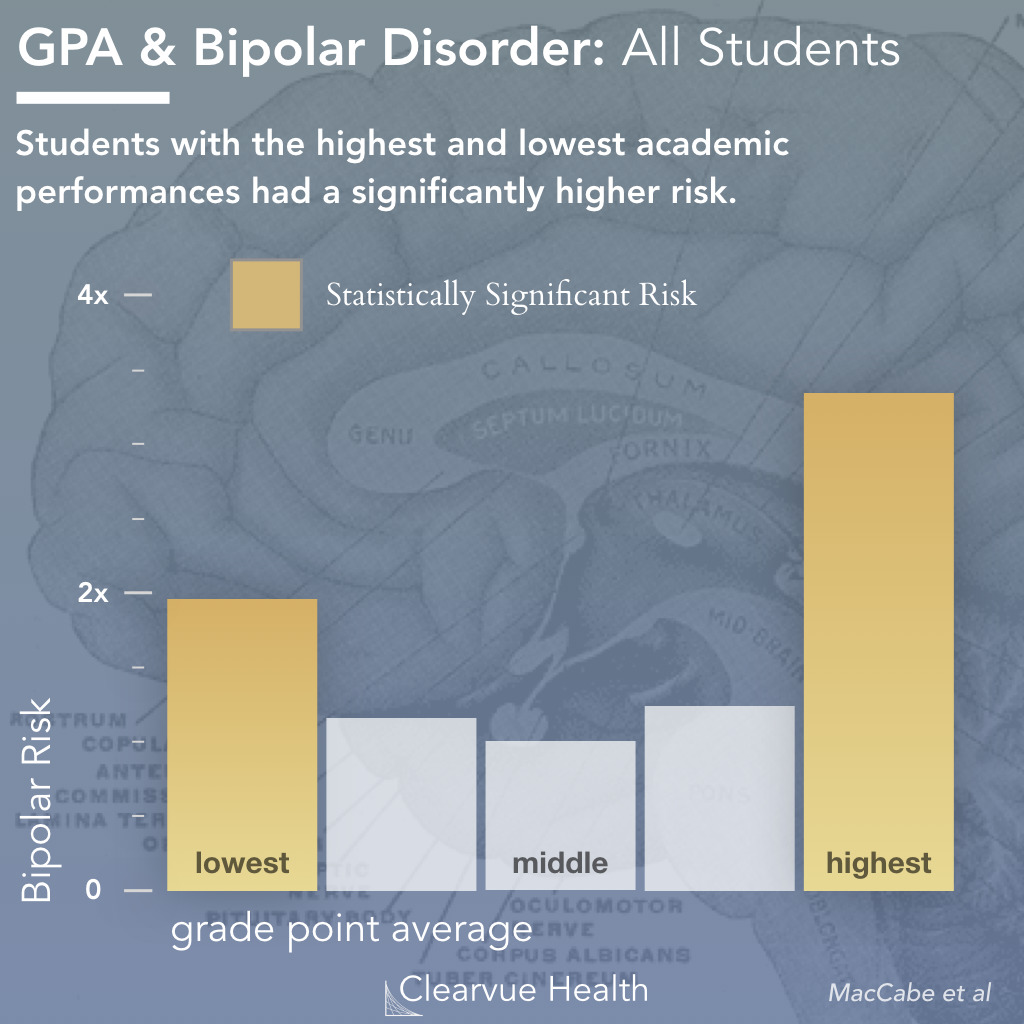
Figure 1: Academic Performance and Bipolar Risk. Students with the highest and lowest academic performances had a significantly higher risk. The bars represent academic performance, arranged from lowest to highest, left to right. Yellow bars represent categories that reached statistical significance.
A new study out of Sweden, covering nearly 1 million Swedish students, provides some of the best evidence so far on the correlations between intelligence and bipolar disorder.
Researchers looked at 907,011 students in Sweden and cross-referenced their academic records to hospital admission records.
They found that students who performed very well in school had over 3x the risk of eventually developing bipolar disorder as adults. Those with the lowest performance had about twice the risk of developing bipolar disorder compared to the average student.
Academic performance is of course not a perfect proxy for IQ. There are many factors that go into academic performance including socioeconomic status and personal motivation. However, it is an easily quantifiable metric that is relevant to most of us, since we all know how grades and exams work.
Intelligence vs Mental Health
Intelligence and mental health are linked, but the relationship is complicated. Different types of disorders have different links to intelligence. For example, those with lower IQs tend to have a higher risk of schizophrenia, whereas a study on Mensa members showed that that those with high IQs may be more prone to depression and anxiety.
Patients with Bipolar Disorder experience episodes of altered mood. During manic epsidoes, they can feel very energetic, elated, and almost high at times. They can also go through depressive episodes where they feel sad, tired, unmotivated, and unenergetic. Depending on their subtype of Bipolar Disorder, a patient can experience different patterns and combinations of mood episodes. Bipolar disorder is treatable with a combination of medications and psychotherapy.
+
Sample Size - This study used a very large sample set across all of Sweden.
+
Study Type - This study used a prospective cohort method. This method is not as robust as a clinical trial, but can still yield useful insights.
+
Effect Size - This study found a significant and relevant relationship between academic performance and bipolar disorder.
+
Multivariable Adjustment - This study adjusted for many possible confounding variables, which reduces the risk of confounding.
-
Potential Biases - This study looked at hospital records, which may not cover less severe cases of bipolar disorder.
Source: Excellent school performance at age 16 and risk of adult bipolar disorder: national cohort study.
Academic Performance and Bipolar Risk in Boys

Figure 2: Academic Performance and Bipolar Risk in Boys. The relationship between GPA and Bipolar Disorder was strongest among boys with the highest GPAs. Boys with the highest grades had over 4x the risk of developing Bipolar Disorder as adults. The bars represent academic performance, arranged from lowest to highest, left to right. Yellow bars represent categories that reached statistical significance.
This link has a very strong gender component.
The relationship between academic performance and Bipolar risk is stronger in boys. Boys who do very well in school have the highest risk of all, with over 4x the risk of developing Bipolar Disorder as adults.
Academic Performance and Bipolar Risk in Girls
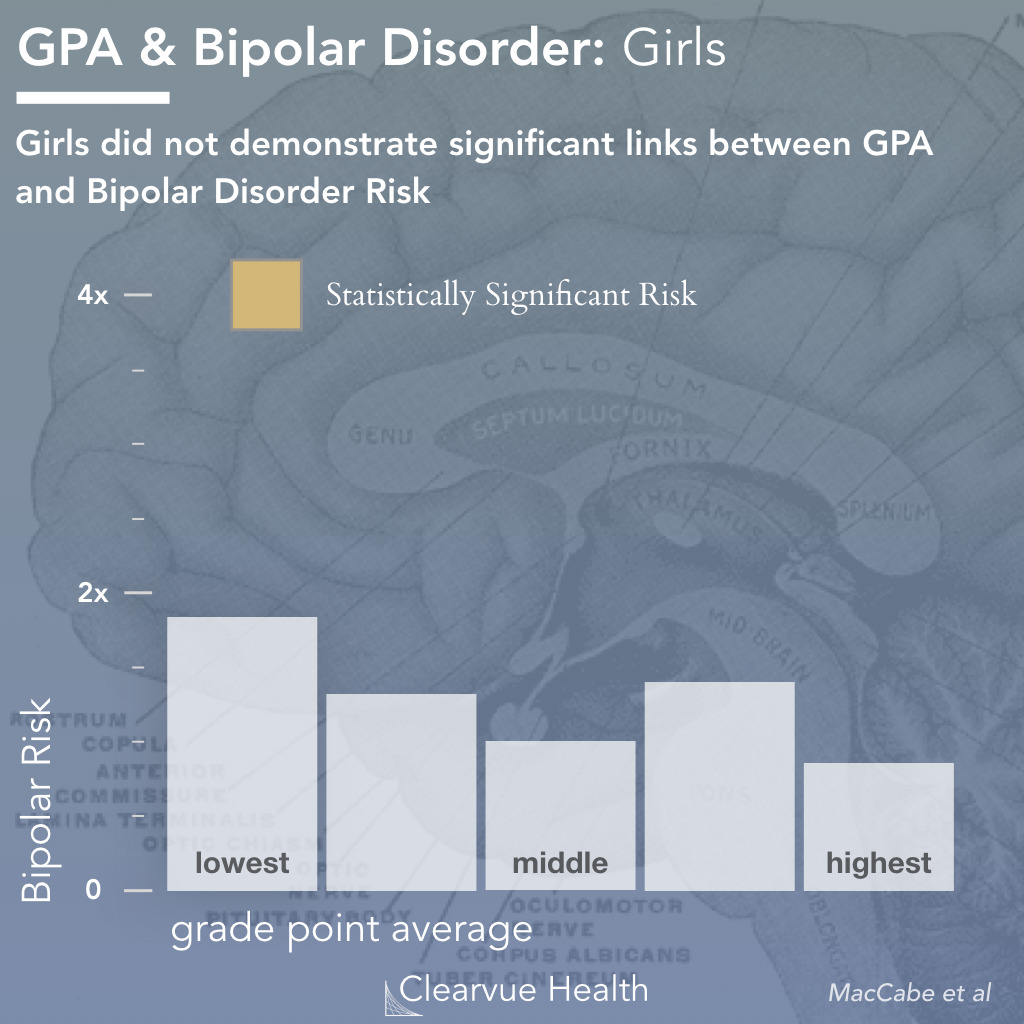
Figure 3: Academic Performance and Bipolar Risk in Girls. Girls did not demonstrate significant links between GPA and Bipolar Disorder Risk. The bars represent academic performance, arranged from lowest to highest, left to right. Yellow bars represent categories that reached statistical significance.
Girls do not show this same effect. Girls who do very well in school do not have any increase in risk of Bipolar Disorder.
Bipolar Disorder Risk vs Subject Performance
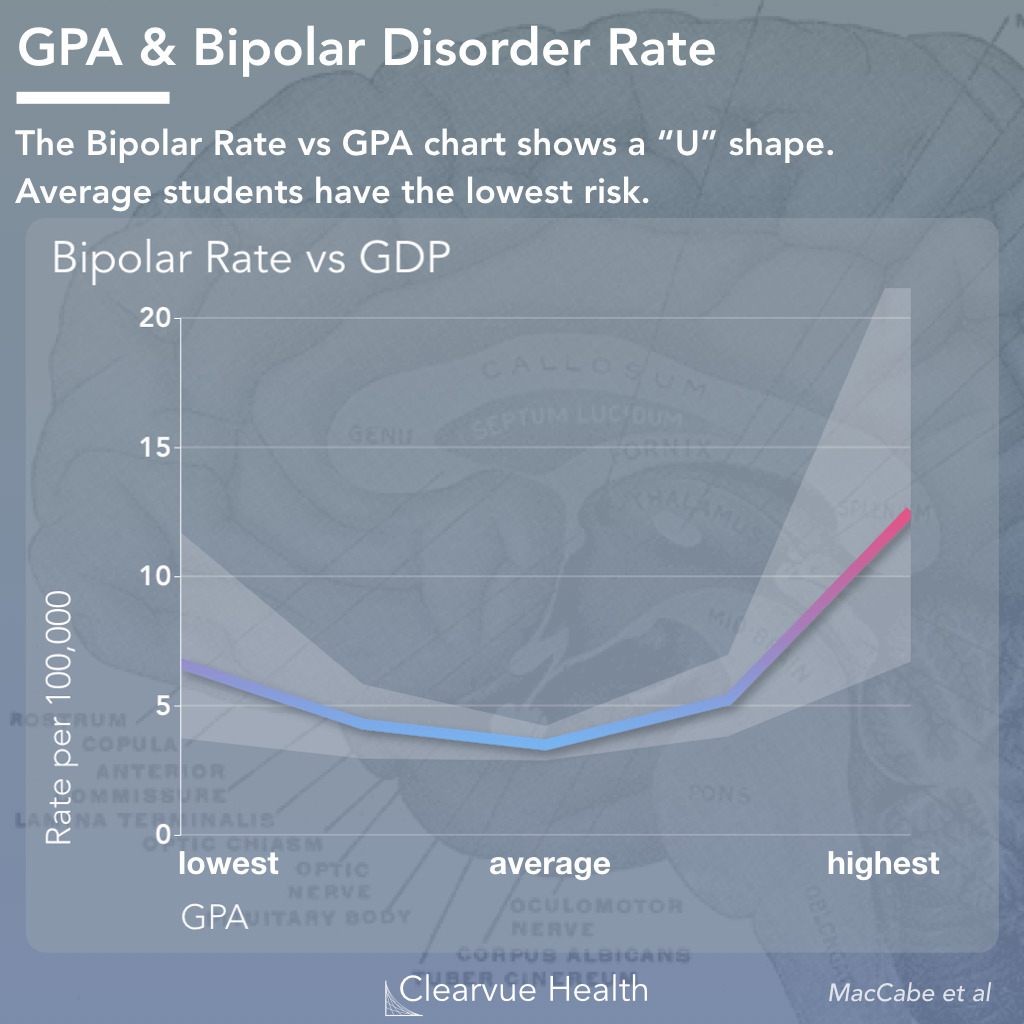
Figure 4: Bipolar Disorder Risk vs Subject Performance. Performance in the humanities correlates with risk. Performance in sports protects against Bipolar Disorder. Those who excelled in Language (Swedish), Geography, Music, and Religion had significantly higher risks of developing bipolar disorder (HR 1.75-1.92). Those who excelled in sports had 0.40x the risk of developing bipolar (95 CI: 0.23-0.72)
Not all subjects correlate equally with Bipolar Risk. Subjects in the humanities and those involving creativity have stronger associations with Bipolar Disorder risk.
Performing well in sports on the other hand has a protective effect against Bipolar Disorder. Students who received top grades in sports had about half the risk of developing Bipolar Disorder.
GPA vs Bipolar Disorder Risk
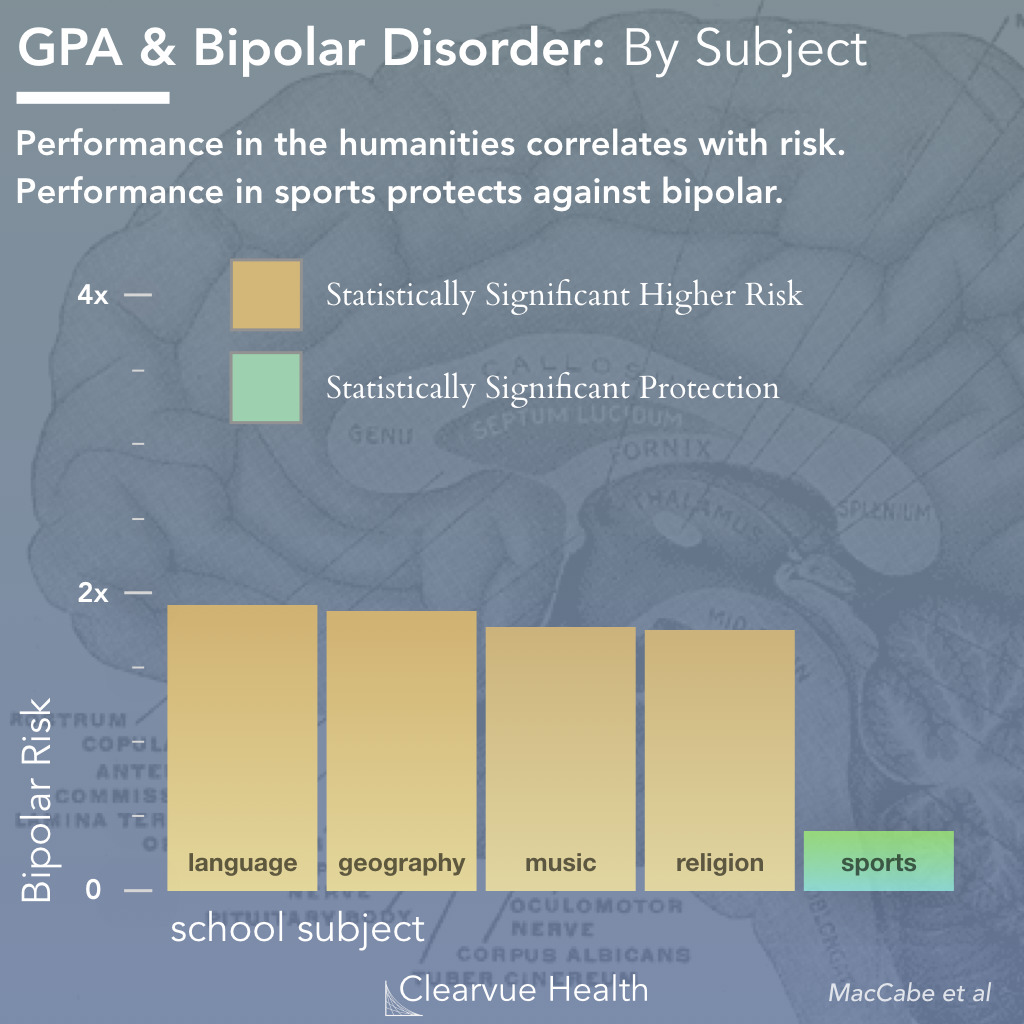
Figure 5: GPA vs Bipolar Disorder Risk. The Bipolar Rate vs GPA chart shows a “U” shape. Average students have the lowest risk. This model was generated based on data from nearly 1 million Swedish students. The white area around the line represents the margin of error for the model.
The chart above shows the estimated risk of bipolar disorder at every level of academic performance in Sweden based on this dataset. The risk curve shows a very clear "U" curve, where those at the two ends of performance have a higher risk of developing bipolar disorder than those in the middle.
Key Takeaways
This study provides a very revealing look into the relationship between academic performance and bipolar disorder risk.
While academic performance is not a great representation of intelligence, it does shed light on a potential link between intelligence and bipolar disorder.
Bipolar Disorder is a very serious condition, but it is also very treatable. If you or a family member has bipolar disorder, get seen and treated. Medications and therapy work well for many individuals suffering from this condition. As the NIH writes:
“
Treatment helps many people—even those with the most severe forms of bipolar disorder—gain better control of their mood swings and other bipolar symptoms. An effective treatment plan usually includes a combination of medication and psychotherapy (also called “talk therapy”).
National Institute of Mental Health





